Online gathering rides on Swiss train technology
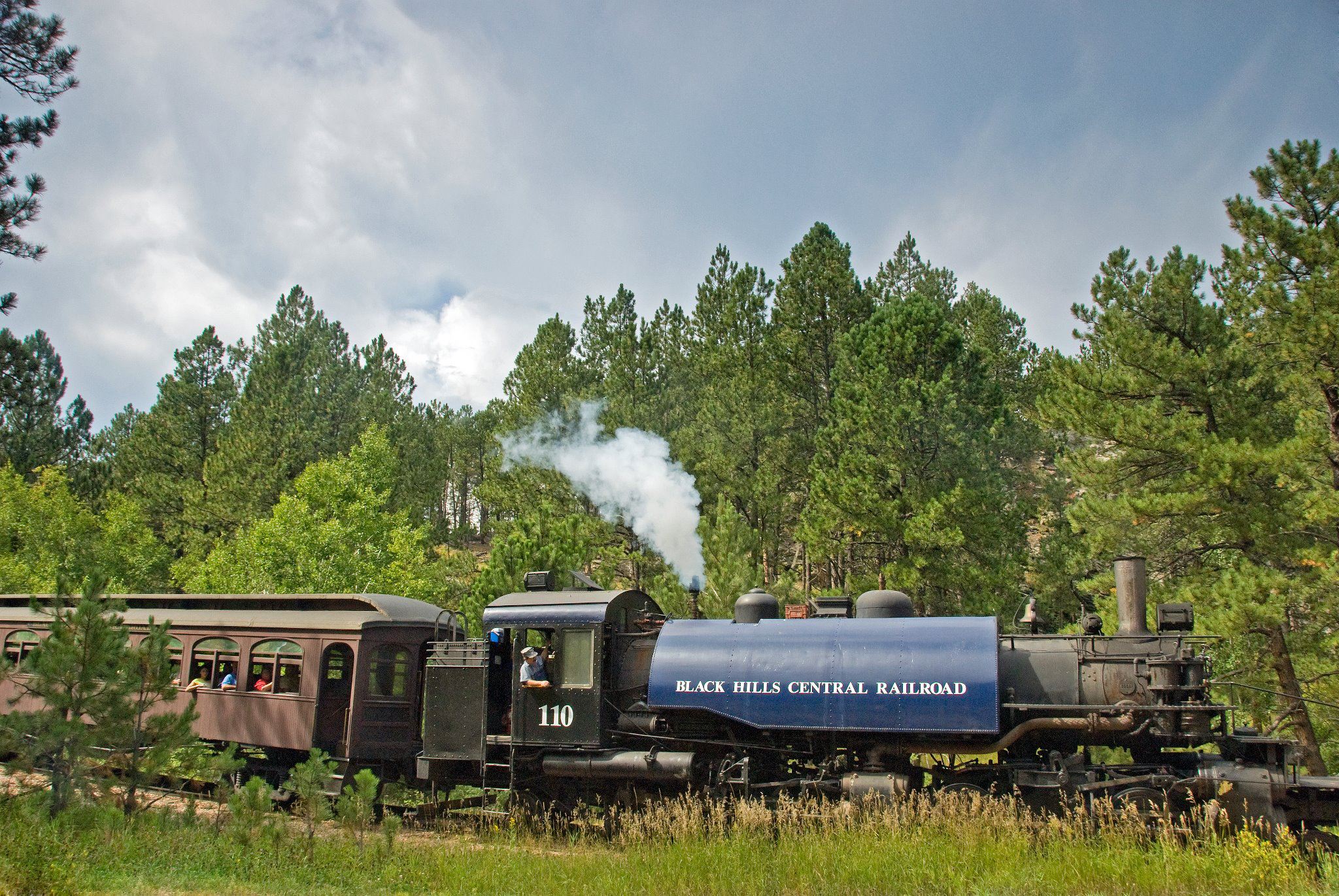
Thousands of people have gathered online and at locations in the United States and Switzerland to learn about the creativity of Swiss inventors in the field of train transportation. The showcase event was held live by internet simulcast via Skype.
Cesar Meza is the proud engineer and mechanic on the last operating locomotive designed by Swiss inventor Anatole Mallet in the 1870s.
“It’s not a museum piece, it’s the only Mallet engine still running today,” the 35-year-old from South Dakota told swissinfo.ch.
Thanks to its double engine technology, the Mallet locomotive was a wonder of power in its day, when it was used by timber companies in Washington state. Today, it takes some 100,000 American and foreign tourists each year through the Black Hills around Mount Rushmore.
“The Mallet uses steam twice as it moves from the first to the second set of engines, and it still runs very well. You can definitely tell the difference between our two smaller locomotives and the Mallet – we go up to a six per cent grade on our line and while smaller engines can only pull four cars, the Mallet can pull seven,” he explained.
Swiss ingenuity
The Black Hills Central Railroad is one of 20 train lines, museums, collectors and companies participating in a simulcast internet exhibition and discussion on Saturday on Swiss train technologies, old and new.
The event was organised by the Philadelphia-based International Bundesbrief Society. “We look for unique inventions with Swiss roots,” its president Jim Scherrer told swissinfo.ch.
Inspired by the Swiss Charter of 1291, the society seeks to promote freedom and democracy. In 2010, it held the first virtual celebration of Swiss ingenuity via live audio and video over the internet to highlight Swiss barn designs.
“The Swiss are predisposed to improve and perfect things and to make them extremely tight and specific,” Scherrer said.
He added that while the first cog railway was invented in New Hampshire, the Swiss consul in New York at the time travelled there to see it and urged authorities in Bern to improve upon it, arguing “this is a very appropriate technology for our Alpine environment”.
Subculture
Yet, Swiss inventiveness is still at work in the field of train transportation.
“In the 19th century, Swiss technology brought increases in power and precision to the US train system, from engines and rolling stock to timekeeping as well as inspiration in the area of mountain railroading. Today, the Swiss bring cost-effective and energy-efficient design and engineering,” said Scherrer, whose grandparents went on the Rigi railroad for their honeymoon in 1913 before emigrating to the United States.
New Swiss inventions include the gauge bogie by the Prose company that eliminates the need for passengers to change trains. Another is the Cabrio double-decker cable car with two-side mounted support invented by the Garaventa company and premiered at Mount Stanserhorn in June.
“Swiss train technology is familiar to American hardcore enthusiasts and we’re hoping that with Saturday’s event, the audience for it will be larger,” John Luppino, operations manager at the National Toy Train Museum in Pennsylvania, told swissinfo.ch. His museum owns models of Swiss Crocodile locomotives.
Train aficionados form a substantial subculture in the US and support a national train revival. Hundreds of towns, volunteer associations and museums across the country restore and put back into service historic trains, which fosters tourism and contributes to rural renewal.
Big cities such as Atlanta, Houston, Minneapolis and Washington are building tramway networks. The Swiss Train Club has an American chapter. Worldwide, a Yahoo group list boasts 10,000 train enthusiasts.
“Physically exciting”
This train revival rides on more than nostalgia. “The main reason is that a train has a lot of appeal to people of all ages. There’s something very physically exciting about standing in a train,” Luppino reckoned.
Ron Goldfeder, a retired employee of the St Louis Museum of Transportation, who now volunteers there, said: “There’s a fascination with the machinery, a natural inclination to be interested in big moving things.”
He counts himself and his wife among train enthusiasts. “We spent our honeymoon in Switzerland, visiting the Lucerne museum of transportation and riding the Rigi Bahn,” he told swissinfo.ch.
The St Louis Museum of Transportation holds the biggest surviving Mallet locomotive in the world.
“It ran in Virginia on the Norfolk&Western Railroad. It was a very successful locomotive able to pull the heavier and longer freight trains that are used here in the United States,” Goldfeder said.
In the Black Hills of South Dakota, Cesar Meza loves sharing his passion for trains.
“I rode the train when I was a kid here in Hill City. I love to see how trains move, and with a steam engine everything is out in the open, so you can see how everything works compared to diesel electric engines,” he said.
“I also realise that very few people have the chance to do what I do for a living, and that’s something special.”
20 museums, railways and other locations in the United States and Switzerland are being linked by Skype cameras for a one-day exhibition and discussion.
The event takes place on Saturday, August 11, starting at 3pm local time in Switzerland and 9am on the East coast of the US.
Engineers, historians, museum curators and other experts present Swiss trains and other Swiss train technologies and answer questions from the public.
All 20 sites are also be open for the public to visit in person.
People can attend the event for free from any computer around the world by calling this address on Skype: js.scherrer
People can also visit one of the participating locations in the US and Switzerland.
In the US, locations include, among others, the National Toy Train Museum in Pennsylvania, Museum of Transportation in Missouri, Black Hills Central Railroad in South Dakota, Pikes Peak Cog Railway in Colorado, Mount Washington Cog Railway in New Hampshire and the Swiss Center of North America in Wisconsin.
Among participating locations in Switzerland are the Rigi-Vitznau Cog Railway, Glacier Express and Gornergrat Railways, Rhaetische Bahn and Pilatus Bahn.
Around 9,000 trains travel the Swiss Federal Railways network every day. 1,000 trains arrive at and depart from major stations daily and heavily used track sections count 500 trains a day.
Federal Railways says that its network has the highest density of traffic in Europe.
Nevertheless, it says that 19 out of 20 passenger trains arrive at their destinations within four minutes of the scheduled time.

In compliance with the JTI standards
More: SWI swissinfo.ch certified by the Journalism Trust Initiative
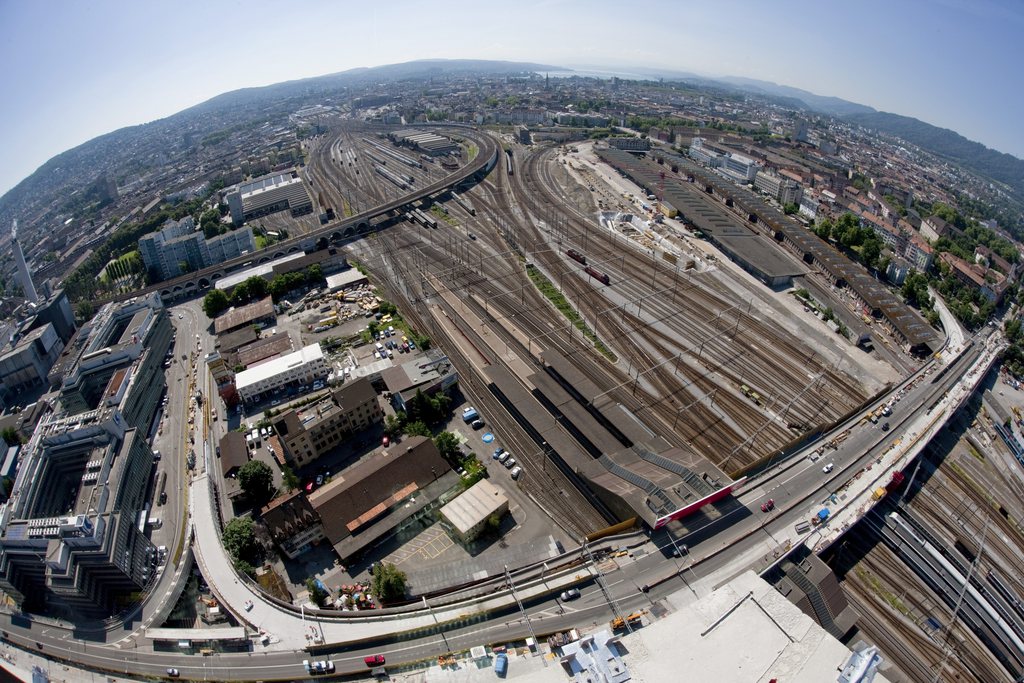
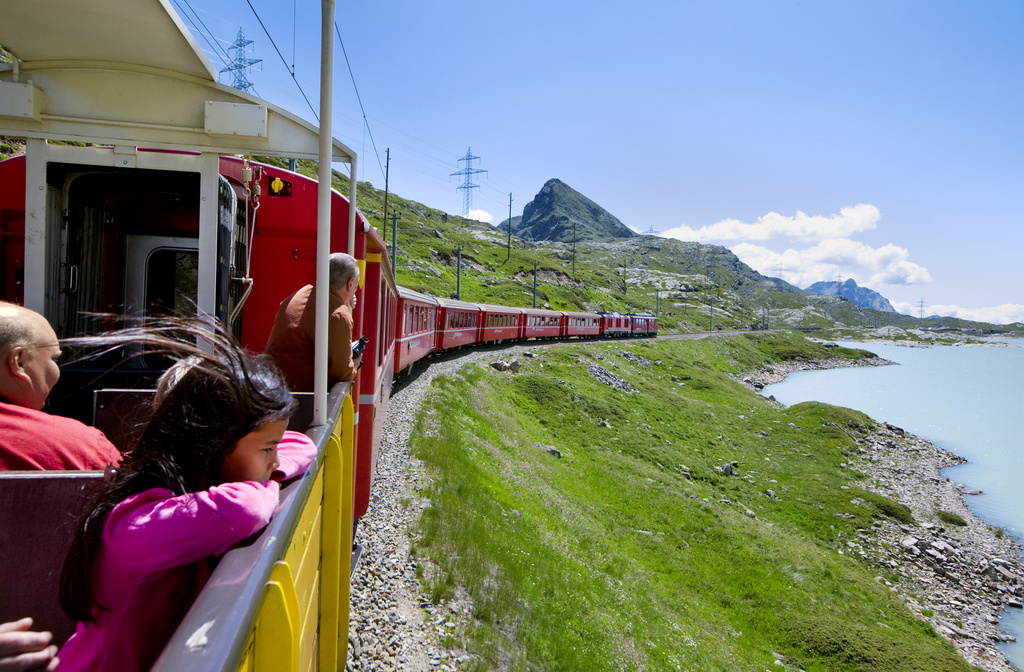
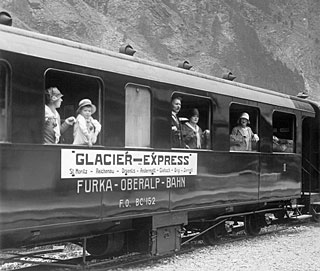
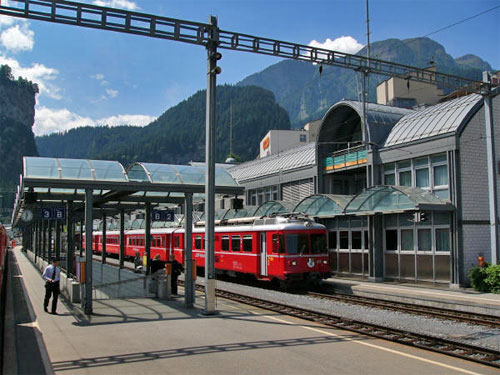
You can find an overview of ongoing debates with our journalists here. Please join us!
If you want to start a conversation about a topic raised in this article or want to report factual errors, email us at english@swissinfo.ch.